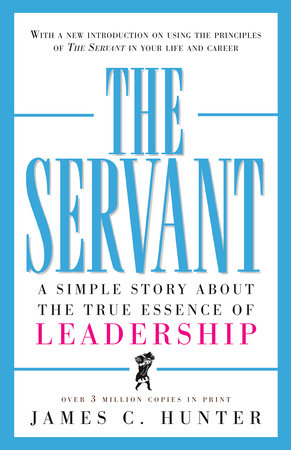Excerpt
The Servant
Chapter One
The Definitions
Being in power is like being a lady. If you have to remind people that you are, you aren’t. —Margaret Thatcher
“Good morning,” my roommate cheerfully called out to me from his bed before I had even turned my alarm off, “I’m Pastor Lee from Wisconsin. And who might you be?”
“John Daily from downstate. Good to meet you, Lee.” I didn’t do “Pastor” either.
“We better get dressed if we’re going to make it to the 5:30 service.”
“You go on ahead. I’m gonna get a little more sack time,” I mumbled, trying to sound tired.
“Suit yourself, partner,” he quipped and was dressed and out the door in minutes.
I rolled over, pulling the pillow over my head, but soon discovered I was wide awake and feeling a little guilty. Rather than fight it, I quickly washed, dressed, and headed out to find the chapel. It was still dark and the ground was wet from a storm that must have passed over during the night.
I could barely make out the steeple silhouetted against the early morning sky as I made my way over to the chapel. Once inside, I discovered that the old, hexagonal wooden structure was impeccably maintained. The walls were beautifully adorned with stained glass windows, each depicting a different scene. The high, cathedral-style ceiling rose from each of the six walls and converged in the center to form the steeple. There were hundreds of candles burning throughout the sanctuary, the flickering shadows on the walls and stained glass creating an interesting kaleidoscope of shapes and hues. Opposite the door of the church was a simple altar consisting of a small wooden table with the various implements used during the Mass. Immediately in front of the altar and forming a semicircle around it were three rows of eleven simple wooden chairs, obviously set up for the thirty-three monks. Only one of the chairs had arm rests on it. It also had a large crucifix carved into the back support; reserved for the abbot, I assumed. Along one of the walls adjacent to the altar were six folding chairs, which I quickly deduced were for the use of the retreat participants. I quietly made my way over to one of the three vacant chairs and sat down.
My watch said 5:25, yet only half of the thirty-nine chairs were filled. No one spoke as people quietly filed into the chapel, the only sound being the melodic ticking of a huge grandfather clock in the back corner of the chapel. The monks were dressed in their long black robes with rope ties at the waist while the retreat participants were dressed casually. By 5:30, there was a body in every seat.
Suddenly the huge clock in the back began to chime the half hour. The monks immediately rose and began to chant a liturgy, thankfully in English. The retreat participants were given handouts to follow along with but I was quickly lost turning the pages back and forth to the various antiphons, psalms, hymns, and responsive singing sections. I finally gave up trying and just sat back and listened.
I remembered our pastor saying that the monks worshipped in the centuries-old Gregorian format. A year earlier, Rachael had purchased the popular
Chant CD (a recording of monks in Spain) and I had become very fond of it. This chanting was similar, though the words were in English.
A few of the younger monks referred to their hymnals and other worship guides periodically, but most required no assistance as they moved gracefully through the different parts of the service from memory. Their skills were impressive.
After about twenty minutes or so, the service concluded as suddenly as it had begun and the monks followed the abbot out the back of the church in single file. I glanced at each face as they left, trying to pick out Len Hoffman. Which one was he?




